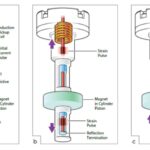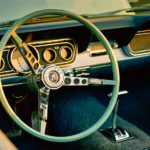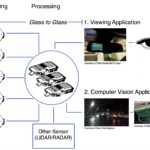The dependence of smart vehicle features on sensing technology has manufacturers thinking about how to field devices that combine functions in economical ways.
Estimates are that today’s vehicles can have between 60 and 100 sensors onboard. And over the next decade the number of sensors is expected to double. No wonder, then, there are efforts afoot to have one sensor to double or triple duty in connected vehicles of the future.
As an example of these efforts, consider the work of engineers at Tohoku Fujikura Ltd. (TFL) in Japan. They devised a combination SBR (seat belt restraint) sensor and seat heater. It is interesting to review the steps TFL went through in devising this device.
Briefly, the SBR occupant detection sensor sends a signal when two electrodes facing each other touch because of pressure applied to the seat surface. The signal goes to an electronic controller unit (ECU) that determines whether or not a passenger is in the seat and, if necessary, tells the passenger to fasten their seatbelt.
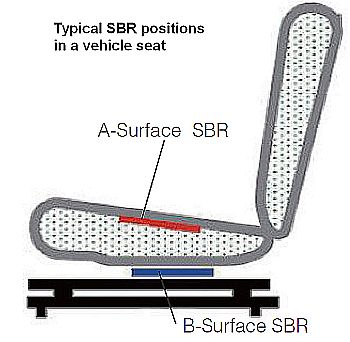
There are two types of SBR sensors. One sits on the upper seat just under the top surface leather (A-Surface). The other sits on the seat forming (B-Surface), basically, under the seat cushion. Though SBR sensors have long been required for front seats, a recent amendment to international car safety standards requires the installation of SBR sensors in all passenger seats.
To distinguish between a passenger and luggage, a conventional SBR device has an H shape so it operates only when at least one electrode on the left and right side make contact. This reduces detection errors from factors such as shopping bags on the seat. TFL engineers say the H shape also makes for reliable detection even if the seat occupants change their position or posture.
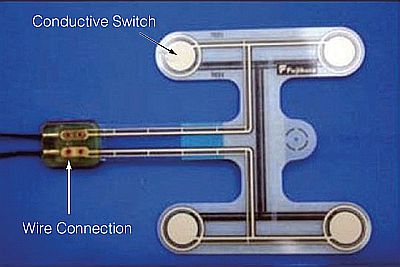
A conventional SBR sensor. The switches sit at each end of the “H” shape. SBR sensors use multiple switches as a way to distinguish loads from packages and other debris from a human occupant.
The A-Surface SBR sensor is about 0.3 mm thick and resides under the surface of the seat or back rest so it is relatively close to the passenger or to objects placed on the seat. Its position gives the sensor a relatively large pressure load that is stable. However, TFL says there are issues associated with fixing the sensor precisely between the surface leather and the seat cushion foam. And passengers apparently can feel the sensor when they sit on it.
That brings us to built-in seat heaters designed to warm passengers. Conventional seat heating devices consist of one long electric heating wire about 1.0 mm in diameter arranged on the surface of a 2.0-mm-thick flexible non-woven cloth. The occupant detection sensor turns the heating operation on or off. To expand the heating area, the seat heater requires some thick buffer material between the leather seat covering and the cushion form to expand the heated area and make the heating wire unnoticeable to the passenger sitting on it. The problem is the buffer material also increases the amount of energy necessary to effectively heat the seat.
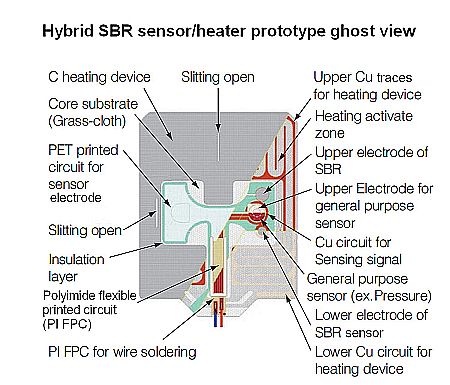
Ghost view of the TFL prototype SBR sensor/heater. TFL engineers also left space on the surface holding the SBR electrodes for other sensors such as for sensing the physique of the seat occupant. Engineers say these options will be explored in future work.
The combo seat heater/SBR sensor TFL engineers devised is soft and flexible enough to fit the base seat cushion form and puts the sensor electrodes on a printed conductive circuit. To combine the SBR sensor and the seat heater, TFL developed a printed circuit woven (PCW) sheet composed of copper circuit printed on a glass cloth (GC) substrate. (Interestingly, TFL says the PCW sheet was originally developed for wearable application.) The heated area is about 10.25×9 in. The electrode on the GC is 0.1-mm-thick screen-printing copper said to handle temperatures up to 300ºC.
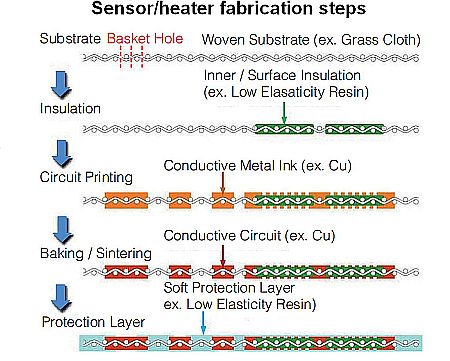
Assembly steps involved in creating the substrates of the hybrid sensor/heater. The “basket holes” refer to vacant areas in the woven substrate due to the weft and warp of the weaving process.
There are electric circuits facing each other on both sides of the GC that connect through holes between the warp and weft of the GC weave. A low-elasticity resin is applied to areas of the GC to form a substrate for printed circuit features making up sensor connections and electrodes. Conductive metal ink is selectively applied next to create the copper circuit traces on the GC comprising the heater conductive elements and to create the conductive electrodes on the resin. A second layer of low-elasticity resin is then applied to serve as a flexible protective coating for the conductive heating elements and the conductive circuit elements. TFL says the physical and mechanical properties, appearance, and environmental resistance of the PCW sheet can be adjusted through resin coating, impregnation, and forming processes.
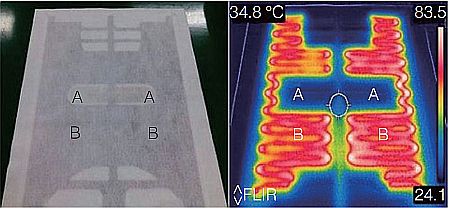
The completed sensor/heater hybrid as it appears in a seat, left, and its appearance on a thermal camera when in the process of heating.
Like conventional SBR sensors, the hybrid device has upper and lower electrodes that face each other. The use of a GC substrate instead of conventional double-sided adhesive PET film minimizes the rigid area of the sensor so seat occupants are less likely to notice it.
The seat heater material is less than 0.15-mm-thick and is configured with a copper feeder circuit and a printed high-resistance heating carbon film. The carbon film is formed by printing a high-resistance heating carbon ink on the both sides of the heating substrate fully overlapping copper feeder circuit. The heating device generates about 80ºC and the area around the SBR sensor gets up to around 40ºC.
TFL says a variety of materials are candidates for use as surface protection material including non-woven or needle-punched fabrics. Thus the hybrid SBR/heater device can be used in leather seats as well as in seats with less expensive coverings.

